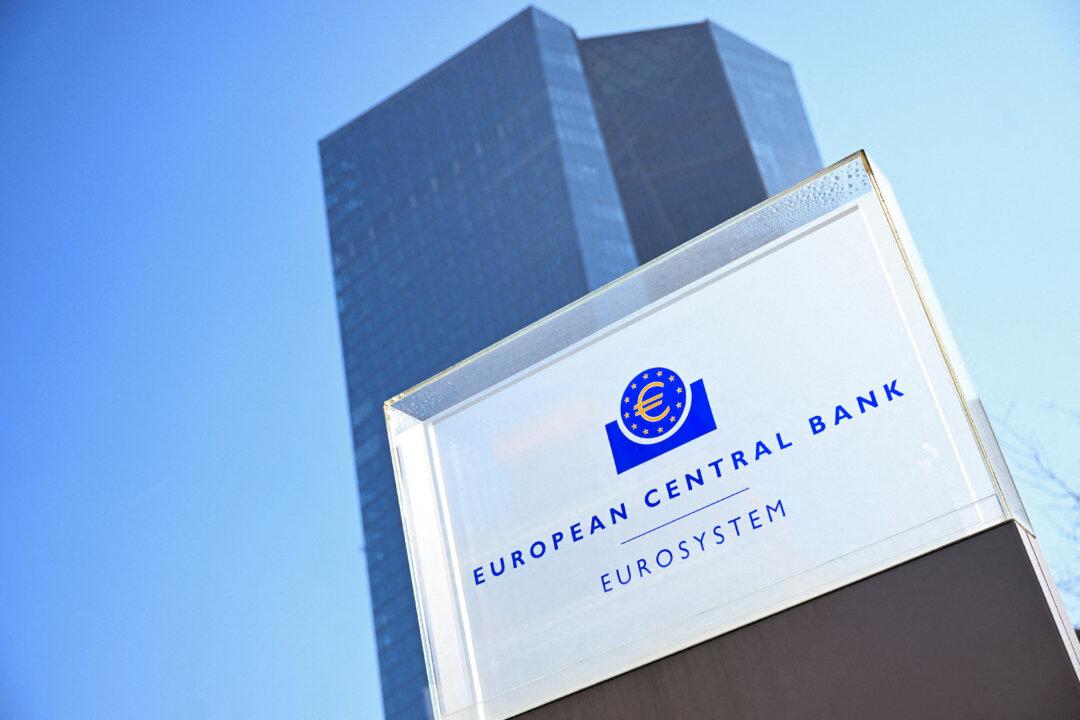Consumer spending—a key driver of the U.S. economy—saw a modest bump in September, even as inflation remained stuck at a 30-year high for the fourth month in a row and labor costs in the third quarter rose at their highest level in 20 years.
On a month-over-month basis, core PCE rose by 0.2 percent, down slightly from the 0.3 percent rate the month before and a sign inflationary pressures may be moderating.
By contrast, U.S. labor costs rose in the third quarter by the most since 2001, as businesses boosted wages to attract and retain workers amid a hiring crunch, suggesting inflation could stay elevated for some time. The Employment Cost Index, the broadest measure of labor costs, rose 1.3 percent in the July-September quarter, the Labor Department said Friday. That’s the biggest gain in this labor cost gauge in 20 years.
“While wage increases were initially concentrated in lower wage industries, more recently wage pressures have been broadening across industries,” said Veronica Clark, an economist at Citigroup in New York.
“Upward pressure on wages reaching relatively higher wage industries would suggest a greater chance that rising labor costs, along with rising prices for various other inputs, are passed on through higher consumer prices,” she added.
The Commerce Department also reported on Friday that consumer spending—which accounts for around 70 percent of gross domestic product (GDP)—rose by a relatively lackluster 0.6 percent over the month in September, after advancing 1.0 percent in August.
At the same time, the personal savings rate fell to 7.5 percent in September, the lowest pandemic-era level, suggesting consumers dipped into their savings to support spending.
Taken together, the data suggests the U.S. economy has hit a soft patch, even as inflation remains stubbornly high.
Treasury Secretary Janet Yellen said Friday said she continues to see inflation as a temporary supply side-driven phenomenon that will normalize next year, and that President Joe Biden’s big spending package will actually have an anti-inflationary effect by smoothing some supply-side dislocations and footing the bill for some costs facing American families.





